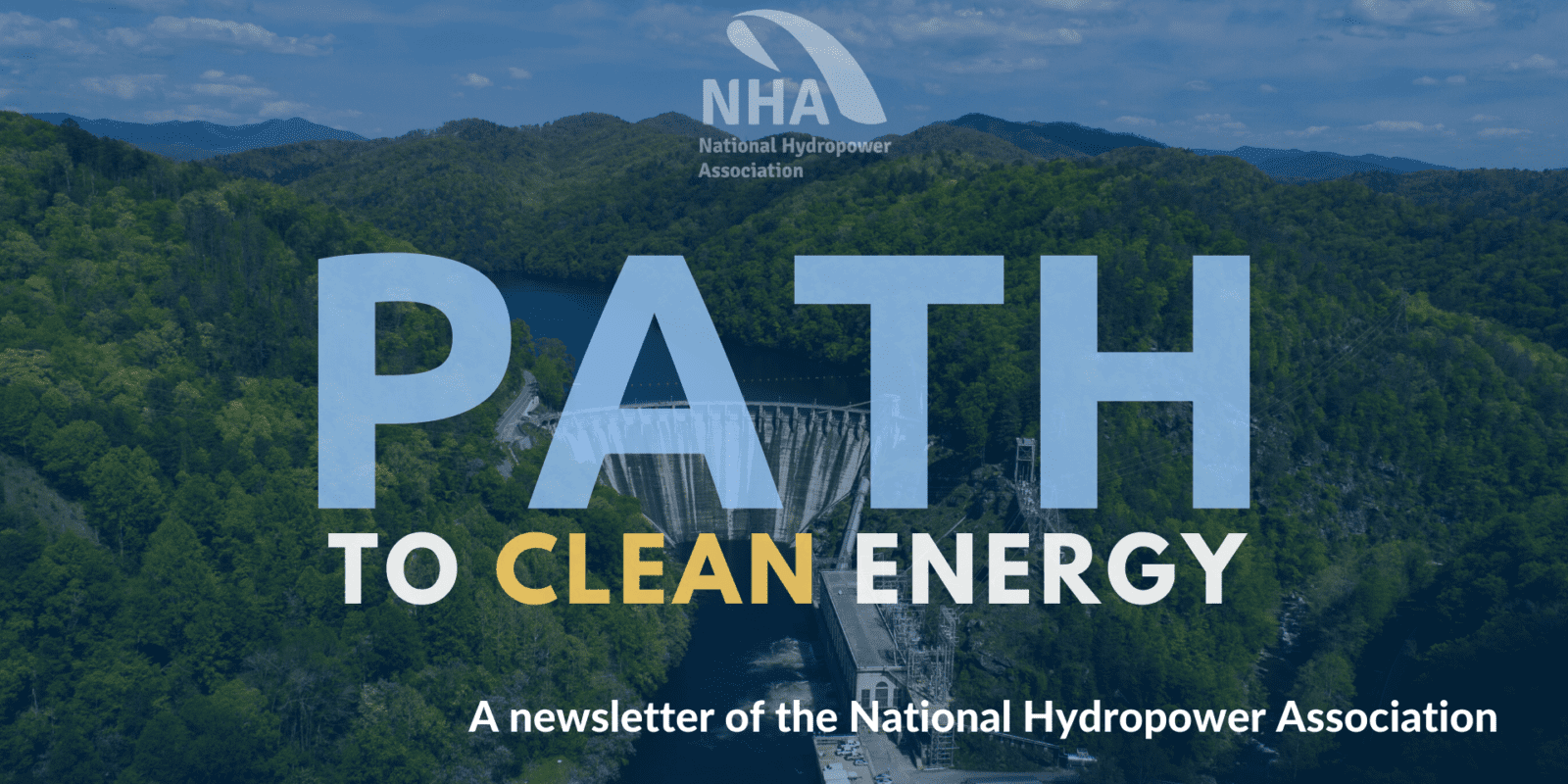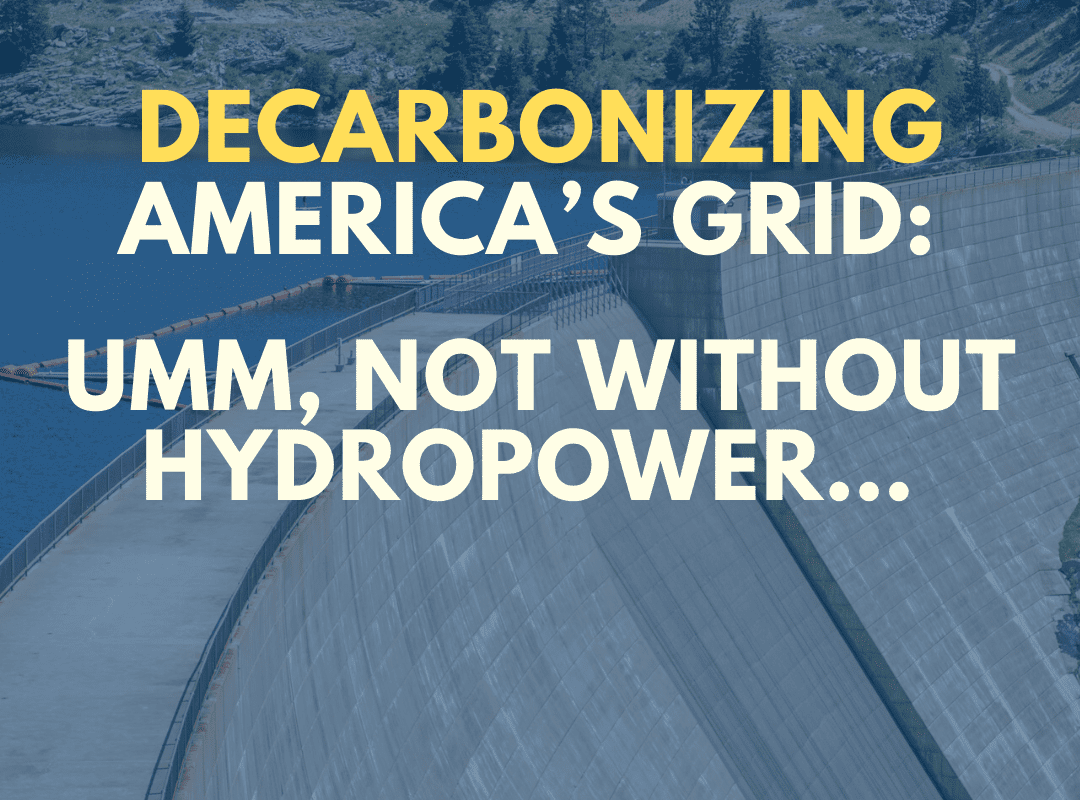

Decarbonizing America’s Grid: Umm, Not Without Hydropower…
Solar, wind and battery storage may grab the headlines, yet a simple truth is often overlooked: we can’t achieve deep decarbonization of our electricity system without hydropower.
Why? Because hydropower is the nation’s first renewable resource, providing clean, carbon-free energy to roughly 30 million Americans, and 40 percent of the United States’ overall renewable electricity. In addition, hydropower is flexible enough to integrate increasing amounts of wind and solar onto the grid. That flexibility allows it to quickly provide dispatchable generation to balance the minute-by-minute electricity generation variations caused by cloud cover, wind gusts, or fuel-supply disruptions from non-renewable resources.
Hydropower is an essential part of our emerging clean energy grid for at least three reasons. First, hydropower currently provides 80 GWs of reliable, carbon-free electricity. That’s nearly 7% of U.S. generation, which is roughly the same amount as wind and three times more than solar. The wind and solar industries have ambitious plans to replace all outdated coal and natural gas fossil generation by 2050, but even the most aggressive deep decarbonization modelling still relies upon existing hydropower to keep the lights on.
Second, the U.S. electricity system also benefits from 23 GWs of pumped storage. Representing about 93 percent of the nation’s energy storage, pumped storage hydropower facilities are like sponges; they absorb excess energy from the grid and store it for later. Pumped storage facilities in California, for example, now routinely pump during the afternoon to prevent the excess solar power from being curtailed and generate power in the evening as the sun sets. In other words, hydropower is a force multiplier; it’s the flexible, renewable resource that helps integrate the other renewables.
Finally, hydropower has the potential to add an additional 50 GW of new carbon-free power by 2050 – without damming any new rivers. According to DOE’s 2016 Hydropower Vision Report, this capacity can be realized from upgrades and efficiency improvements to the existing system and new projects at existing non-powered dams, conduits and new pumped storage. Such growth would create over 195,000 hydropower-related jobs through 2050 and $148 billion in cumulative economic investment. And this doesn’t even consider ongoing research to harness ocean waves, tidal streams, ocean currents, river currents, and ocean thermal gradients.
Nevertheless, hydropower should not be taken for granted. Over 1,000 of the nation’s 2,500 hydropower facilities licenses expire by 2030. Yet red-tape and bureaucratic infighting between federal and state regulators has resulted in hydropower relicensing proceedings often dragging on for well over a decade. The costs and uncertainty associated with the licensing process has also led an increasing number of operators to simply relinquish their licenses in recent years.
At the same time, hydropower fails to be treated equally with other zero-carbon electricity producers at either the federal or state level. Most state renewable portfolio standards, for example, do not include existing hydropower. Several states have created zero-energy credits to support nuclear power, yet again fail to include hydropower. Similarly, the federal tax code until recently also incentivized other zero-carbon technologies at the expense of hydropower.
If the nation is serious about achieving deep decarbonization, hydropower deserves far greater attention in the nation’s energy and climate policy debates. Like all forms of energy technology, it is not a perfect solution in all circumstances. Yet, it is critical to the vitality of the nation’s clean energy and carbon-free future.
Path to Clean Energy Vol 1
In this Issue…
-
The New England Electrical Blackout That Never Happened
-
In the face of COVID-19, Hydropower Operators Go Above and Beyond
-
Wait, What? Pumped Storage is More Affordable Than Batteries?
-
Decarbonizing America’s Grid: Umm, Not Without Hydropower…
-
Down to Brass Tax: Parity for All Renewables
-
What’s in the Hydropower Development Pipeline
-
California Sees Pumped Storage Hydropower as Key to Meeting Clean Energy Goals



